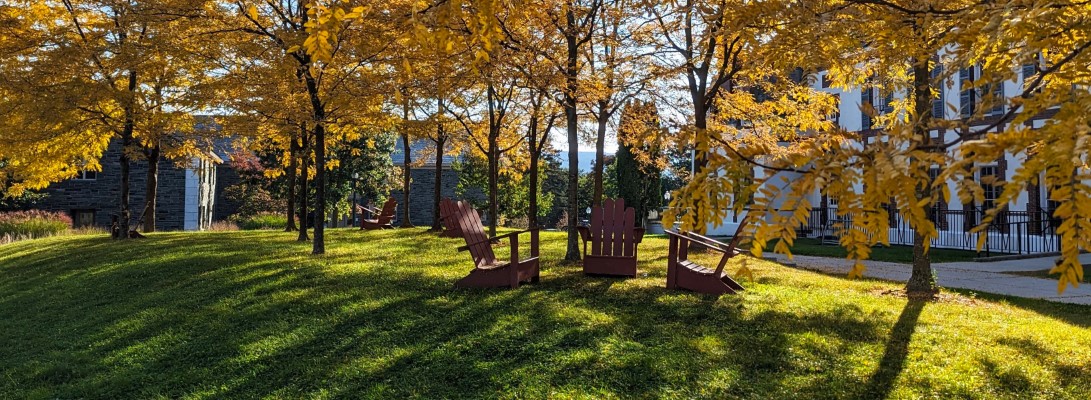Abnormal weather always has people worrying about their trees and shrubs in the yard, and this winter is anything but normal. It’s the warm temperatures that are troubling, and many people have come up to me asking if the trees are going to be OK, or if the warm temperatures mean they are going to start growing.
Surprisingly, it’s the opposite, but this winter is a long ways from being worrying.
All temperate climate plants go through a period called dormancy, a mandated winter rest. This is triggered in the fall by not only temperatures, but by day-length. As the days get shorter the plants go through chemical and physiological changes to prepare for below normal temperatures. Once dormant, the plant needs sustained cold (500-2000 hours below about 40 degrees) to break dormancy and get ready to grow again in the spring. So, if this winter were to have stayed above about 50 all winter long the plants wouldn’t have started to grow, but the opposite, would just sitting there doing nothing.
And this makes sense. I’m always amazed at how smart and resilient plants are. While this winter is fairly unusual in the sustained warmth, we do see warm spells most winters, and plants that would start to grow at the first blush of spring wouldn’t be around very long. Breaking dormancy requires not only warm temperatures, but increasing day-lengths, longer spells of sunshine to break their winter gloom.
What can hurt a plant is freezing temperatures once dormancy is overcome. In trees, this is seen as frost cracking, long vertical fissures in the bark caused by water freezing in the xylem after warming up and moving around in the daytime. (Look at the trunk of the Sycamore in the triangle in Wilson Terrace outside McCullough)
This adaption to day-length also explains why plants with a local background (called provenance) is best. Day-length varies by latitude, with greater variation seen in northern latitudes. Take a tree from Vermont, move it down to Georgia (poor thing), and it will stop growing mid summer, as the days are a northern fall-like short. What I see quite a bit more, though, is the opposite. Plants grown in a nursery down south and moved up north don’t know when to shut down and start dormancy, and are often growing late into the fall, with their leaves and twigs freezing, unprepared for winter.
And while I’ve got your attention, let me take care of one final question I’ve been getting. No, your lilacs aren’t ‘budding’. Many people are looking at their giant buds on the ends of the lilac twigs, and think they are swelling about ready to pop and start growing. They were actually that large this fall, you just were too busy looking at fall foliage. Fear not.
